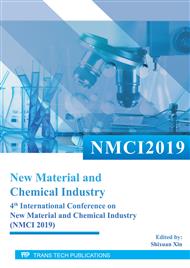p.272
p.279
p.285
p.290
p.299
p.306
p.314
p.326
p.337
Analysis of Service Life of Surface Coated-Concrete Structures Considering Climate Change and Chloride Ingress
Abstract:
Mortar surface coating is widely used as a finishing material to extend the service life and improve chloride ingression resistance of marine concrete structures. This study proposes a model for estimating the service life of surface-coated marine concrete considering climate change. First, the increase of chloride diffusivity due to climate change is considered using Arrhenius’ law. A two-layered chloride ingress model is used to analyze chloride profile. The probability-based approach is used to find the service life of concrete structures. Second, parameter analysis is performed considering the effects of various factors on service life. The influences of thickness and chloride diffusivity of the coating and substrate concrete on service life are highlighted. The reduction of service life due to climate change is clarified based on the regression of results of parameter analysis. For marine concrete with 50 years’ service life, 6% service life reduction occurs because of climate change.
Info:
Periodical:
Pages:
299-305
Citation:
Online since:
May 2020
Authors:
Price:
Сopyright:
© 2020 Trans Tech Publications Ltd. All Rights Reserved
Share:
Citation:


